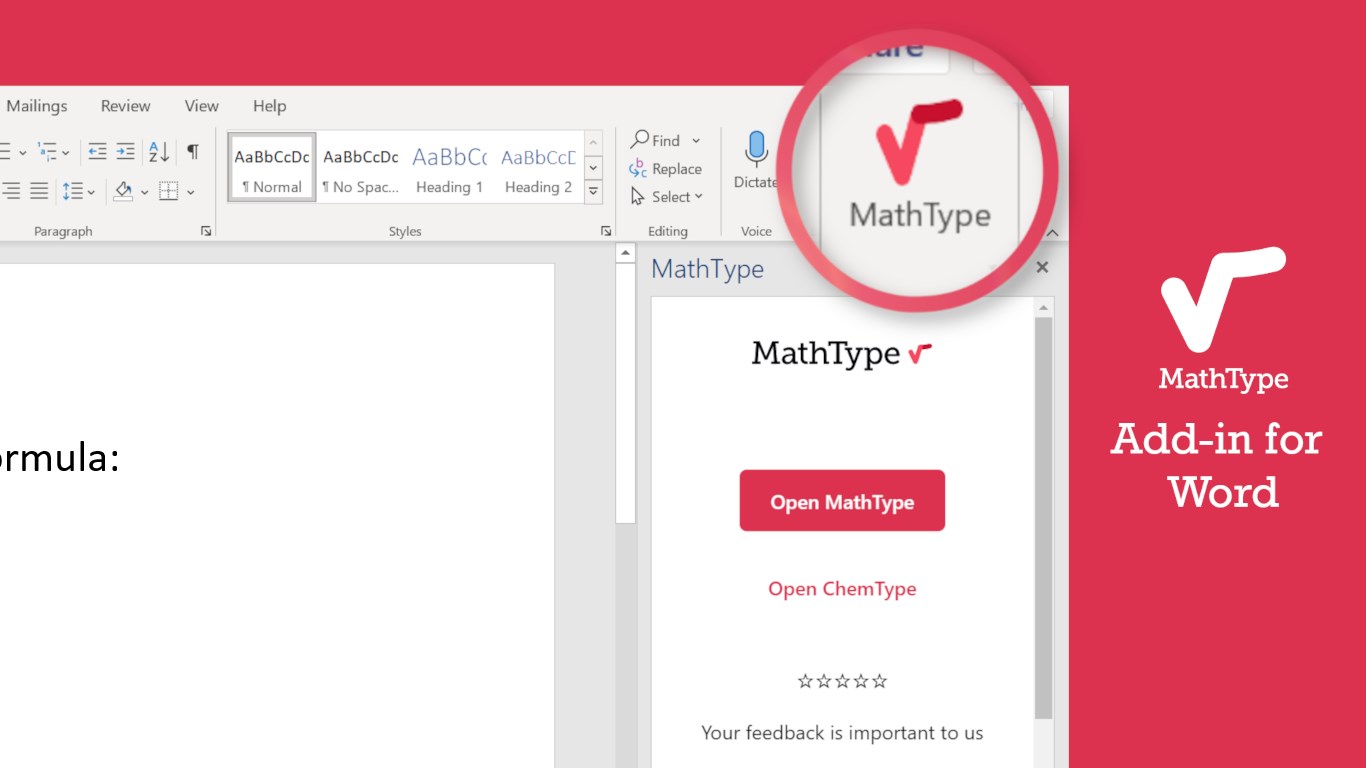


Mathematically proficient students can explain correspondences between equations, verbal descriptions, tables, and graphs or draw diagrams of important features and relationships, graph data, and search for regularity or trends. Older students might, depending on the context of the problem, transform algebraic expressions or change the viewing window on their graphing calculator to get the information they need. They monitor and evaluate their progress and change course if necessary. They consider analogous problems, and try special cases and simpler forms of the original problem in order to gain insight into its solution. They make conjectures about the form and meaning of the solution and plan a solution pathway rather than simply jumping into a solution attempt. They analyze givens, constraints, relationships, and goals. Mathematically proficient students start by explaining to themselves the meaning of a problem and looking for entry points to its solution. An example is provided below for reference, but please note that the calculator provided cannot compute imaginary numbers, and any inputs that result in an imaginary number will return the result "NAN," signifying "not a number." The numerical solution is essentially the same as the case with a positive base, except that the number must be denoted as imaginary.Standards for Mathematical Practice » Make sense of problems and persevere in solving them. While the rules for fractional exponents with negative bases are the same, they involve the use of imaginary numbers since it is not possible to take any root of a negative number. If the exponent is an odd, positive integer, the result will again have the same magnitude, but will be negative. If the exponent is an even, positive integer, the values will be equal regardless of a positive or negative base. Exponents with negative bases raised to positive integers are equal to their positive counterparts in magnitude, but vary based on sign. They follow much the same rules as exponents with positive bases. It is also possible to compute exponents with negative bases. Note that the calculator can calculate fractional exponents, but they must be entered into the calculator in decimal form. It uses both the rule displayed, as well as the rule for multiplying exponents with like bases discussed above.

Shown below is an example with a fractional exponent where the numerator is not 1. When an exponent is a fraction where the numerator is 1, the n th root of the base is taken. Thus, the only way for a n to remain unchanged by multiplication, and this exponent law to remain true, is for a 0 to be 1. Shown below is an example of an argument for a 0=1 using one of the previously mentioned exponent laws. For many applications, defining 0 0 as 1 is convenient. When an exponent is 0, the result of the exponentiation of any base will always be 1, although someĭebate surrounds 0 0 being 1 or undefined. When an exponent is 1, the base remains the same. Similarly, when divided bases are raised to an exponent, the exponent is distributed to both bases. When multiplied bases are raised to an exponent, the exponent is distributed to both bases. When exponents are raised to another exponent, the exponents are multiplied. When exponents that share the same base are divided, the exponents are subtracted. When an exponent is negative, the negative sign is removed by reciprocating the base and raising it to the positive exponent. When exponents that share the same base are multiplied, the exponents are added. It also does not accept fractions, but can be used to compute fractional exponents, as long as the exponents are input in their decimal form. The calculator above accepts negative bases, but does not compute imaginary numbers. In the case where n is a positive integer, exponentiation corresponds to repeated multiplication of the base, n times. Related Scientific Calculator | Log Calculator | Root CalculatorĮxponentiation is a mathematical operation, written as a n, involving the base a and an exponent n.


 0 kommentar(er)
0 kommentar(er)
